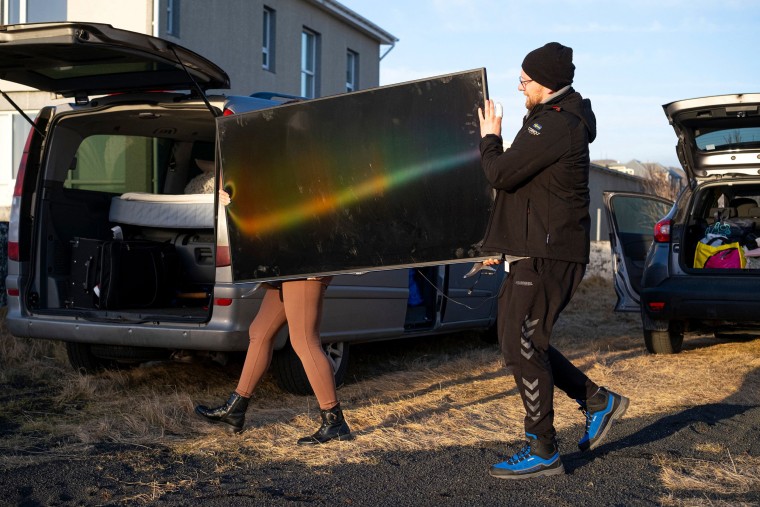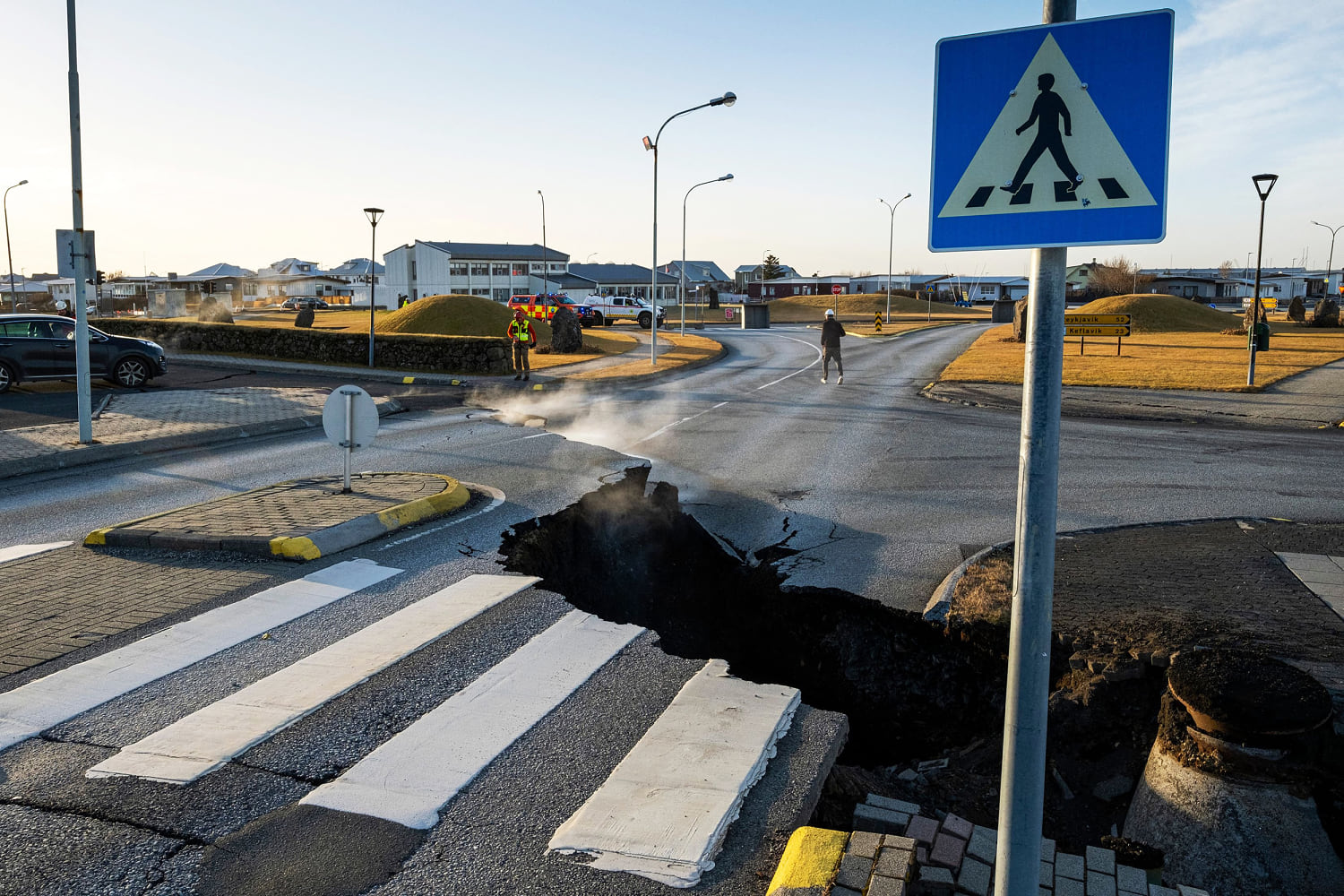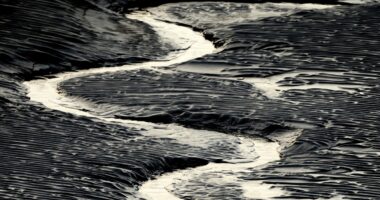Locals in an evacuated zone of Iceland were allowed to re-enter their homes to collect basic necessities Thursday and Friday as officials warn that a volcanic eruption is likely imminent and earthquakes continue to rattle parts of the country.
The Rekjnanes Peninsula in the southwest part of the country has been shaken by thousands of tremors in the past days, and seismic activity has remained “constant” since Nov. 11, the Icelandic Meteorological Office said.
The town of Grindavik, about 35 miles from the capital Reykjavik, has turned into a scene reminiscent from a doomsday film with enormous cracks breaking concrete and the walls of homes, and steam rising from deep below the Earth. The quakes forced the closure of the popular tourist attraction Blue Lagoon hot spring in Grindavik on Nov. 10.
The town, home to 3,400 residents, was evacuated Saturday.
On Thursday, one person from each family from Grindavik was allowed to return to collect basic necessities, officials said. Earlier in the week, half the town was without power, but it has since been restored RÚV, the Icelandic National Broadcasting Service reported.
Residents of 90 properties and local business owners who have been contacted by local authorities will be allowed to enter the “danger zone” in Grindavik Friday, as well. Residents were urged to retrieve only “very important items” such as pets, vital medicines, passports and other household essentials.
“Yesterday’s operations went smoothly but it takes time to allow access for everyone and this will be an ongoing process throughout the next few days,” the police commissioner in Suðurnes said in a statement.

Overnight Wednesday, 800 earthquakes were measured, most of them at a magma dyke at Sundhnúk at a depth of 3 to 5 kilometers (1.86 to 3.10 miles), the meteorological office said. Further, deformation (meaning changes in the shape of the surface of a volcanic landscape) measurements are “consistent with magma still flowing into the dyke,” it added.
Measurements of sulfur dioxide — which is released from a volcano when magma is near the surface — are showing “fluctuating degassing due to the magma dyke, but further measurements are needed for confirmation,” officials said.
“The probability of an eruption is still considered high. In the event of an eruption, the most likely location is at the magma dyke,” at Sundhnúk, the meteorological office said Wednesday.
Around 500 earthquakes have been detected around the dyke intrusion since midnight Friday, it said.
Models show a 15 kilometer, or 9.32 mile, magma intrusion located just northwest of Grindavik and it is estimated that “the intrusion is propagating upwards slowly, with magma thought to be 800 meters (half a mile) or higher, beneath the surface.”
“The likelihood of a volcanic eruption is high, and an eruption can be possible on a timescale of just days,” the meteorological office said.
Iceland is one of the most active volcanic hot spots in the world, as the island is located where two tectonic plates, the Eurasian and the North American plates, are slowly moving away from each other.
The movement along these plate boundaries frequently produces earthquakes, and as the planet’s crust pulls apart, magma can rise to the surface, triggering volcanic eruptions.
There are around 30 active volcano systems in the country, according to the meteorological office.
In 2010, a series of major eruptions at the Eyjafjallajökull volcano in Iceland produced an enormous ash cloud that blanketed the area, causing extensive air travel cancellations across Europe.
Source: | This article originally belongs to Nbcnews.com










